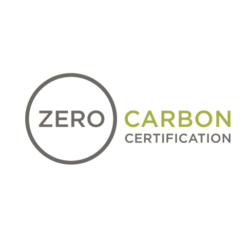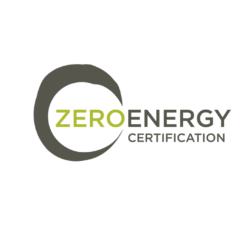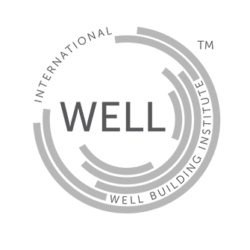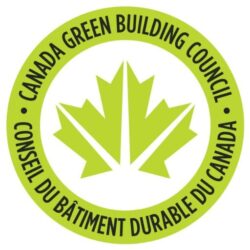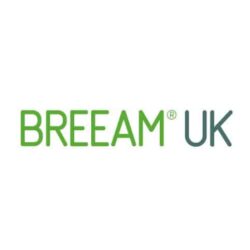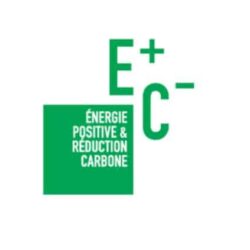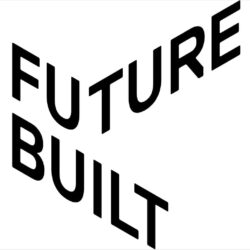Around the 1990s, major green rating systems for buildings were developed and released in North America and Europe. These green rating systems were created to help provide designers a framework for minimizing the impacts their building designs have on the natural environment. Today, many green rating systems approach the built environment’s effects on the natural environment through varying levels of requirements, strategies, and measurements. The purpose of this document is to provide structural engineers a brief background on each rating system and summarize the credits related to embodied carbon that structural engineers can influence to help their clients achieve the project’s targeted green rating. For resources on explaining, measuring, and reducing embodied carbon, see the SE 2050’s Resource page. It is essential to note what version of the green rating system the project uses since green rating systems evolve as the science and knowledge of sustainability, embodied carbon, and their effects on the natural environment mature.
Even if a project is not pursuing certification through a green rating system, structural engineers can still employ strategies contained within each rating system. In addition to green rating strategies, structural engineers can utilize other tactics to reduce the embodied carbon on a project. To be included in the sustainability conversation and positively impact the design profession, engineers should educate themselves on embodied carbon and reduction strategies.
Please select a green rating system’s logo below to learn about the embodied carbon credits available for structural engineers. When comparing different green rating systems, note that some language is redundant. This is due to the similarities of the embodied carbon reduction credit’s goals and strategies to achieve the credit.





